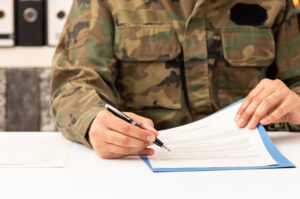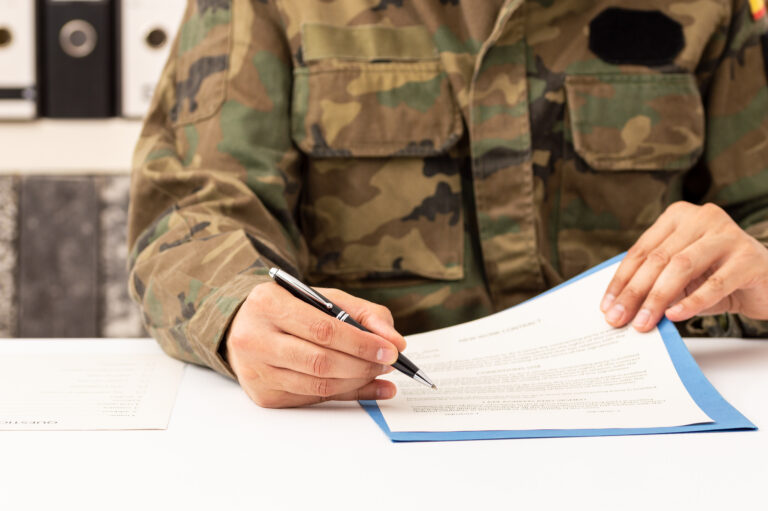Military Access with CAC Cards
The Common Access Card (CAC) is a United States Department of Defense (DoD) smart card. It serves as a standard identification for active duty military personnel, Selected Reserve, DoD civilian employees, and eligible contractors.
Purpose and Functionality
The primary purpose of the CAC is to allow access to DoD computer networks and systems. It also acts as an identification card enabling the holder to access certain federal and DoD facilities. Additionally, the card can store up to 64 KB of data, including email encryption and digital signatures.
Types of CAC Cards
- Standard CAC: Issued to active duty military personnel, full-time National Guard members, and DoD civilian employees.
- Contractor CAC: For eligible DoD contractors and non-DoD government workers who need access to DoD systems.
- Sponsor CAC: For sponsors who manage other personnel entry, usually high-ranking officers or civilian supervisors.
Issuance Process
To receive a CAC, personnel must visit a Real-Time Automated Personnel Identification System (RAPIDS) site. These sites are located on military bases and federal offices. The process includes verifying identity, affiliation, and authorization for a CAC. Applicants must provide two forms of ID, one with a photograph. RAPIDS operators will take a photo and fingerprints, then issue the CAC on the spot.
CAC Card Features
The card is equipped with numerous security features:
- Smart Chip: This is the brain of the CAC. It stores data and performs cryptographic functions.
- Barcode: Found on the front and back, used for quick scanning.
- Magnetic Strip: Contains basic information about the cardholder.
- Public Key Infrastructure (PKI) Certificates: Allow secure email communication and verification of digital signatures.
Access to Facilities
Military installations are secured with multiple layers of protection. CAC cards play a crucial role in this regard. To access a facility, personnel present their CAC at entry points. Security personnel verify the card using a card reader. The reader connects to a networked system that checks the validity of the CAC and eligibility of the holder. If the data matches, access is granted. Any discrepancies, such as an expired card, result in denial of entry.
Access to Computer Networks
CAC cards are essential for accessing DoD computer networks. Users insert their CAC into a reader connected to their computer. They must then enter their Personal Identification Number (PIN). The system authenticates the card and grants access to secure networks and resources. This method ensures that only authorized personnel can access sensitive information.
Electronic Signatures and Encryption
The PKI certificates embedded in CAC cards facilitate secure email communication. Users can sign emails digitally, adding an extra layer of authenticity and non-repudiation. Encryption ensures that messages remain confidential, accessible only to intended recipients. This is particularly important for communications involving classified or sensitive information.
Troubleshooting Issues
Like any technological tool, CAC cards can encounter issues. Common problems include:
- Card Reader Malfunction: Ensure that the card reader is properly connected and configured.
- Pin Blocked: Incorrect PIN entries can block the card. Contact a RAPIDS site to reset the PIN.
- Expired Certificates: Certificates must be renewed periodically. This can be done at a RAPIDS site.
Enhancing Security with CAC Cards
The introduction of CAC cards significantly enhanced the security of DoD operations. By implementing multi-factor authentication, it reduced the risk of unauthorized access. The smart chip technology further ensures that CAC cards are difficult to duplicate or forge. Digital signatures and encryption provide secure communication channels within the military and DoD.
Compatibility with Civilian Systems
Some civilian organizations might use CAC readers to grant access to specific employees. This is more common in defense contracting and other industries with close ties to the DoD. By integrating CAC card technology, these organizations align themselves with stringent security standards, mirroring those of the military. However, the primary deployment remains within the DoD and associated entities.
Future Developments
Technology evolves, and so does the CAC card. Future enhancements could include biometric verification, such as fingerprint or iris scanning, adding an additional layer of security. Enhanced encryption methods and larger data storage capabilities may also become standard, continuing to bolster overall security measures.
Frequently Asked Questions
- What should I do if I lose my CAC? Report the loss immediately to your security office. You will need to visit a RAPIDS site to get a replacement.
- Can civilians get a CAC? Only eligible DoD contractors and specific federal employees are issued CACs.
- How long is a CAC valid? Typically three years, but it varies based on different factors, including the cardholder’s status.
Conclusion
The Common Access Card is a cornerstone of military and DoD identification and security. Its multifunctional capabilities, from securing facilities to safeguarding communications, form the backbone of modern military operations. As technology advances, the CAC continues to evolve, maintaining its critical role in national security.
“`






